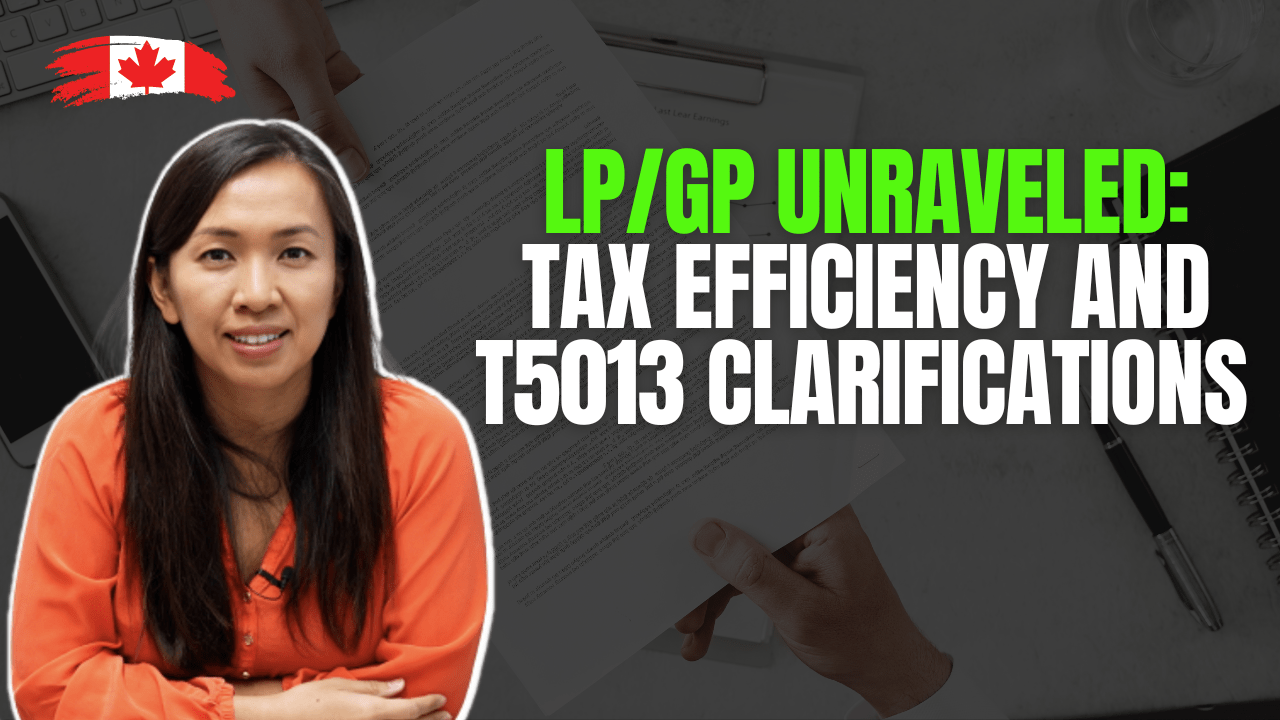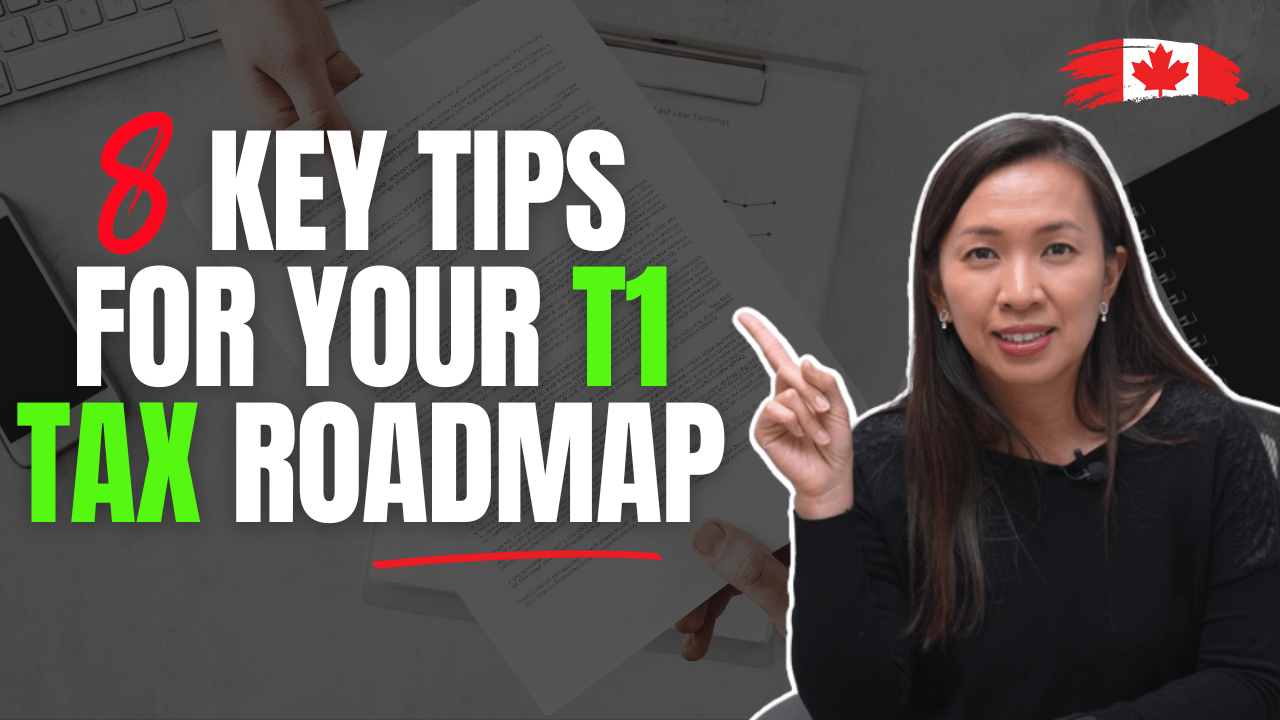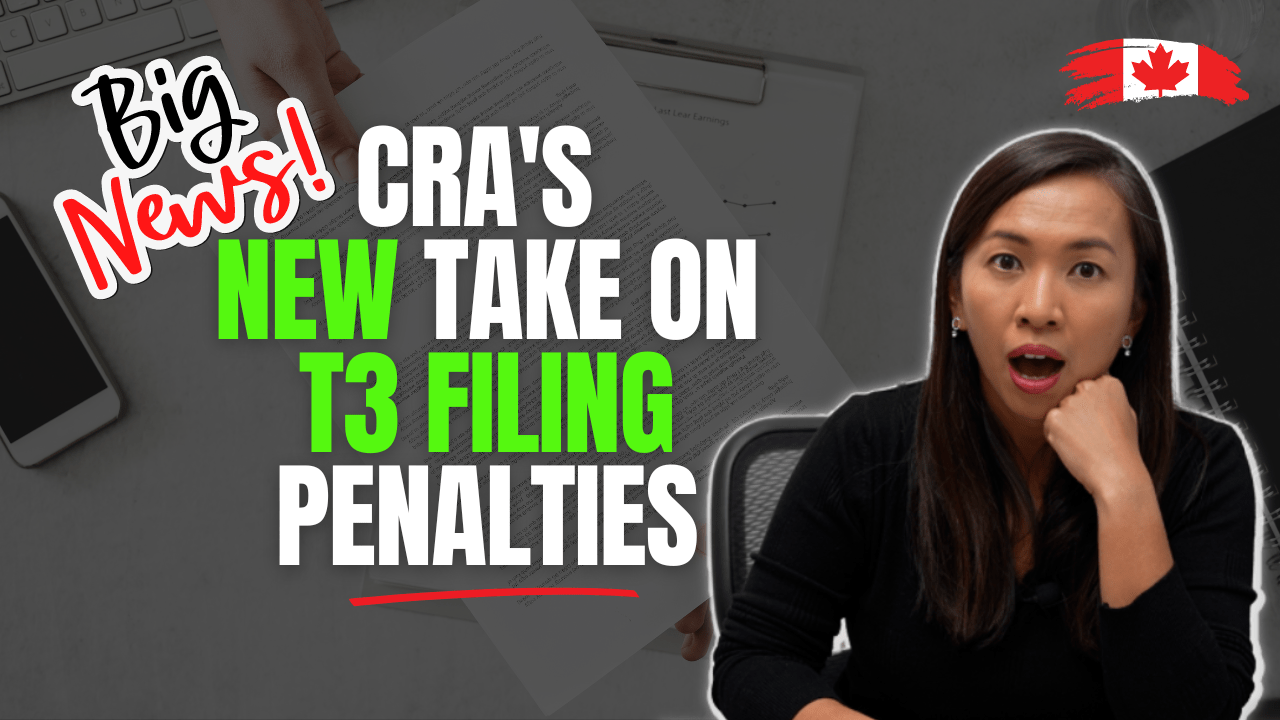As we’re approaching the end of 2018 and I’m still scrambling to complete my Xmas shopping, I am going to make this blog post short and sweet. 🙂
I am going to leave you a couple of tax tips you may want to consider (rush to do) before the end of this year.

Hanging out with Santa, Thor & Valkyrie at Basket Brigade with 26 families. Thank you to Nick DiTomaso & Spin Master donating 200 toys
- Tax loss selling
Made some capital gain from selling off your properties in 2018?
You may also have some accrued capital losses on some of your other investments such as stocks?
This may be a good time to sell some of these stocks that are losing money.
Triggering the loss within the calendar year 2018 would allow you to use these capital losses on stocks to offset the capital gain you have from selling off your properties.
You can always buy theses tocks back in the new year. The only catch is that they would have to repurchase the stock 30 days after the sale.
If you do that before the 30 days deadline, the loss that you create before the end of the year is deemed superficial loss by CRA. No capital loss can be claimed.
- Defer the gain to 2019
If you are planning to sell assets or investment that have accrued gain on them, you may want to defer the sale to 2019.
This will allow you to defer the capital gain to 2019, and paying the tax bill a year later.
- Spousal RRSP contribution
It’s almost impossible to do any tax planning if you are a high paying employee.
It’s unfortunate, but there is only so much we can do. ☹
However, if you have a lower income spouse, you may want to make some spousal RRSP contribution.
When you make a spousal RRSP contribution, you can take the deduction in your own name. The spouse is the plan owner, and only the plan owner can make the withdrawal.
As a result, the spouse can make the withdrawal (subject to some rules) in his/her name in two years and have the income included in his/her income.
The spouse can only withdraw the RRSP and include the income in his/her name, if and only if there is no spousal RRSP contribution in the previous two calendar years.
As a result, if you make an RRSP spousal contribution at the end of 2018, your spouse can withdraw the money as early as 2021,
- Withdraw RRSP if you have a low-income year
If you have a low income this year, consider withdrawing RRSP before the end of the year.
This way, the RRSP withdrawal is included in your income in 2018. The marginal tax rate is low when you have a low income, your tax bill at the end will be cheaper than withdrawing it in a year with high income.
Until next time, happy Canadian Real Estate Investing.
Cherry Chan, CPA, CA
Your Real Estate Accountant





